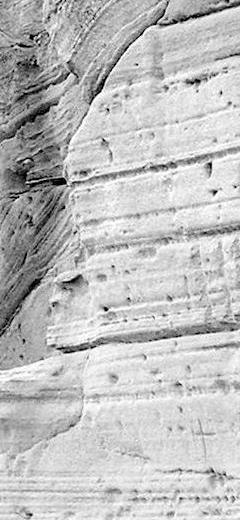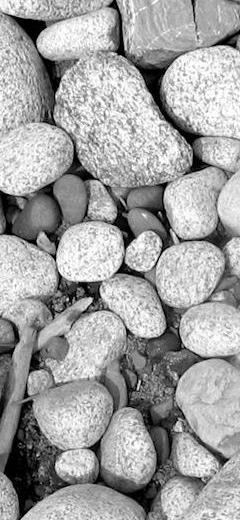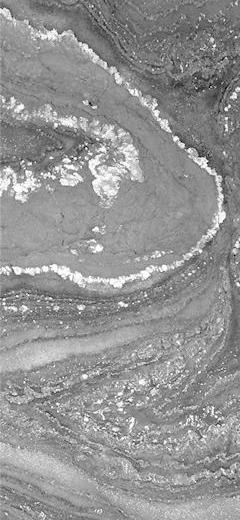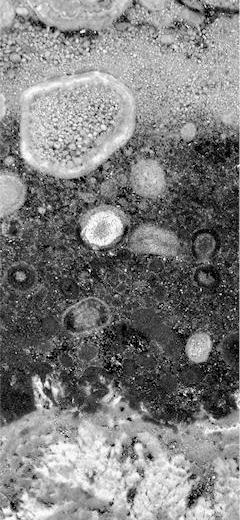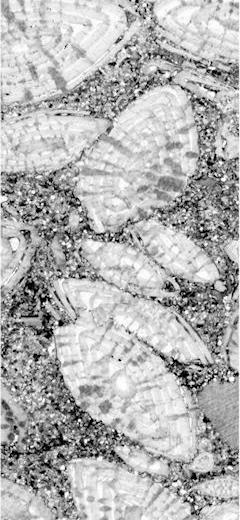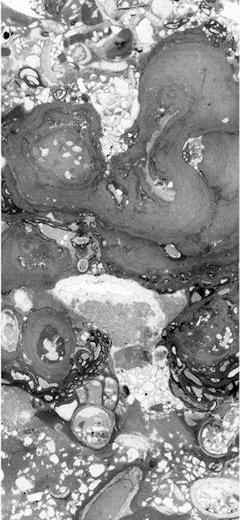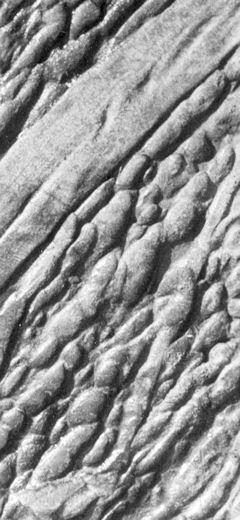ASGP (2024), vol. 94: 345–398
LATE CRETACEOUS (CAMPANIAN) RHIZOMORINE SPONGES (LITHISTID DEMOSPONGIAE) FROM THE MIECHÓW AND MOGILNO-ŁÓDŹ SYNCLINORIA (SOUTHERN AND CENTRAL POLAND)
Ewa ŚWIERCZEWSKA-GŁADYSZ (1) & Agata JURKOWSKA (2*)
1) University of Łódź, Faculty of Geographical Sciences, Department of Geology and Geomorphology, Narutowicza 88, 90-139 Łódź, Poland
2) AGH University of Krakow, Poland, Faculty of Geology, Geophysics and Environmental Protection, Mickiewicza, 30, 30-059 Krakow, Poland; e-mail: jurkowska.a@gmail.com
*) Corresponding author
Świerczewska-Gładysz, E. & Jurkowska, A., 2024. Late Cretaceous (Campanian) rhizomorine sponges (lithistid Demospongiae) from the Miechów and Mogilno-Łódź Synclinoria (southern and central Poland). Annales Societatis Geologorum Poloniae, 94: 345–398.
Abstract: Although rhizomorine lithistids are common fossils in the Late Cretaceous deposits of central Europe, their taxonomic identification has been inadequate, due to the poor preservation of their skeletons. The material studied here, comprising 916 specimens from southern and central Poland, is one of the largest Campanian fossil collections and reveals a highly diverse taxonomic assemblage of rhizomorine lithistids, containing 28 species, which belong to 17 genera. Apart from one new species, Cryptothelion sujkowskii sp. nov., 15 others have not been previously recorded in the Late Cretaceous of Poland. Since most of the specimens studied have a well-preserved siliceous skeleton, the presented taxonomic descriptions of rhizomorine species provide new insights into their skeletal structure and intraspecific variability. This paper also provides new data on the stratigraphic range, spatial distribution, and palaeoecology of rhizomorine lithistid species, thereby enhancing the existing knowledge of the siliceous sponge fauna, inhabiting the Late Cretaceous basins of central Europe.
Manuscript received 12 November 2024, accepted 20 December 2024

